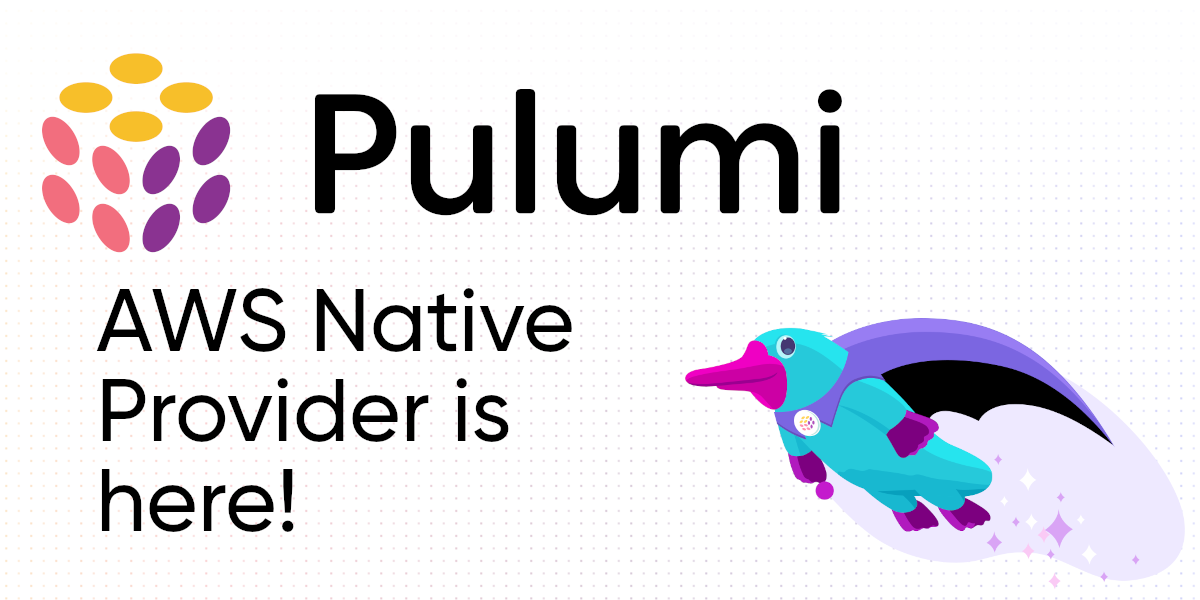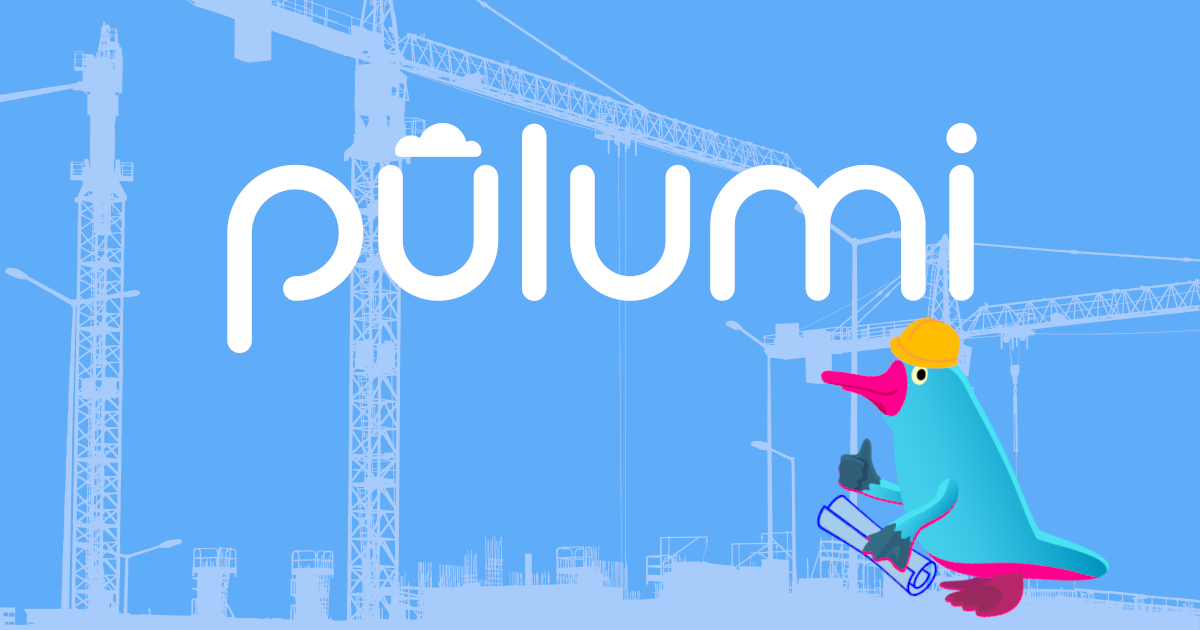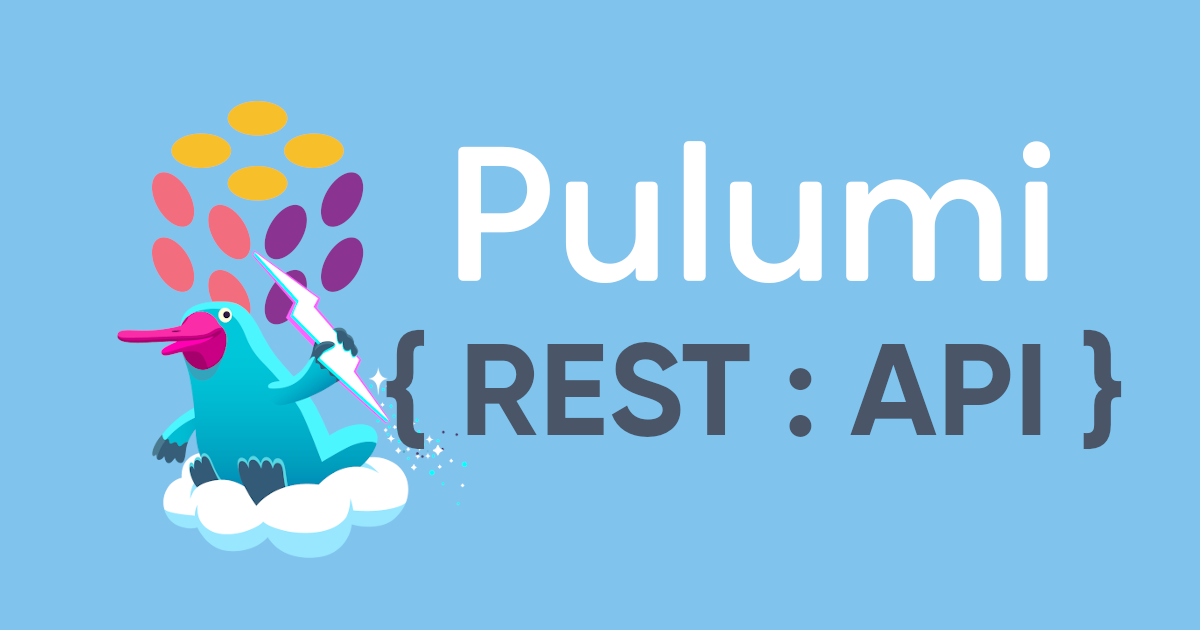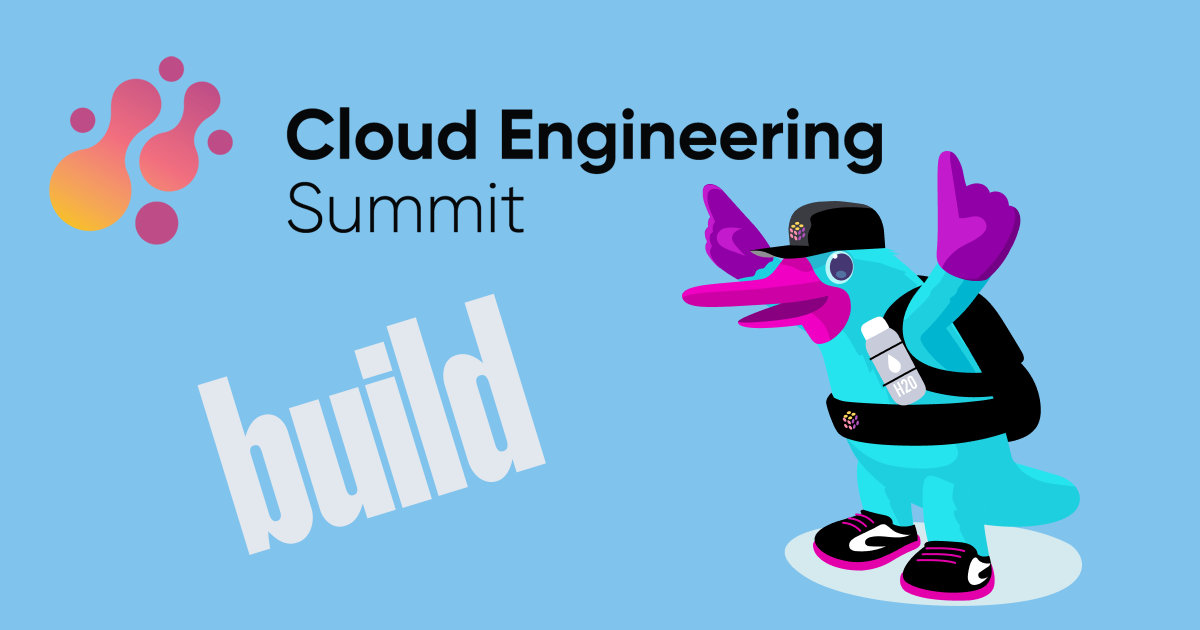
We are excited to announce the release of the new AWS Native provider for Pulumi, which is available today in preview. AWS is the most-used cloud provider across the Pulumi ecosystem, and with the new AWS Native provider, we are focused on delivering the best possible support for the AWS platform to all Pulumi users.
Pulumi Native Providers like AWS Native are a new type of Pulumi Package that give you the most complete and consistent interface for the modern cloud. Pulumi native providers bring the full power of the top cloud providers to the Pulumi Cloud Engineering Platform, with faster updates and more complete coverage than any other infrastructure as code offering.
The AWS Native provider offers same-day support for all new AWS features and releases covered by the newly released AWS Cloud Control API, which typically supports new AWS features on the day of launch. By building on the AWS Cloud Control API, the AWS Native provider offers a robust, reliable and well-defined resource model for AWS that’s available to Pulumi users in all Pulumi languages, including TypeScript, Python, Go and C#. By leveraging the AWS Cloud Control API, the AWS Native provider builds on the work done by service teams at AWS to define the resource model for their services. This ensures a rock solid provisioning lifecycle for resources deployed with the AWS Native provider.
Read more →
















